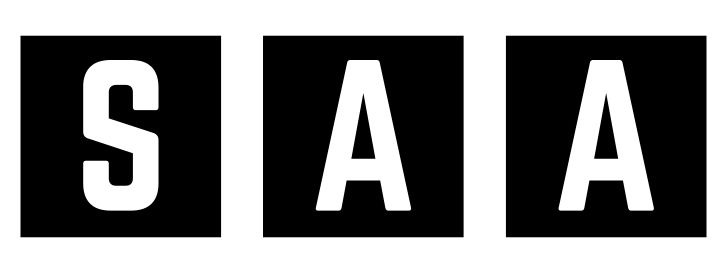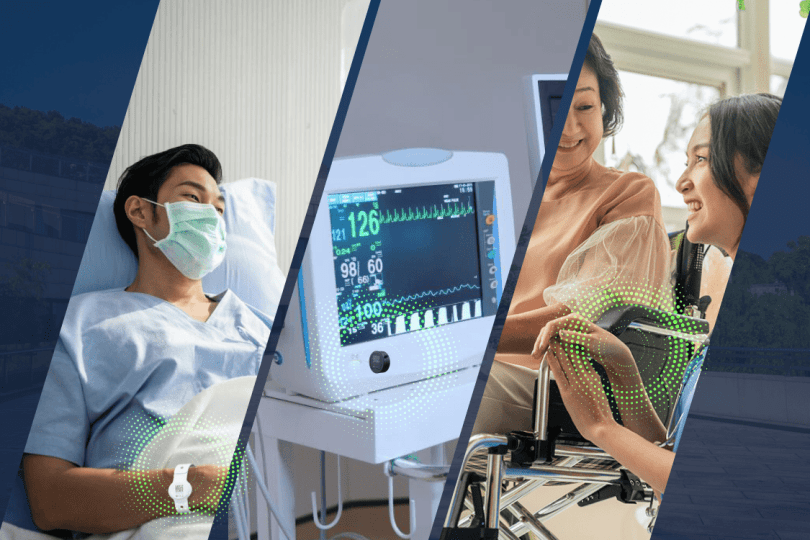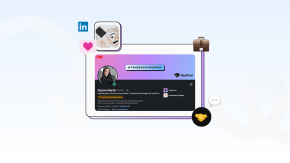Introduction
The Internet of Things (IoT) is redefining healthcare in 2025 by bridging the gap between patients and providers through connected devices and intelligent data systems. From wearable fitness trackers to advanced remote patient monitoring solutions, IoT is enabling faster diagnoses, better outcomes, and more efficient healthcare delivery.
According to a report by Deloitte, the IoT healthcare market is projected to exceed $260 billion by 2027—evidence of its growing significance.
1. What Is the Internet of Things (IoT) in Healthcare?
The Internet of Things (IoT) in healthcare refers to a network of medical devices and applications that collect, analyze, and transmit health data in real time. These systems enable better decision-making, early intervention, and improved patient experiences.
Some examples include:
-
Wearable heart rate monitors
-
Smart inhalers
-
Connected insulin pens
-
Remote ECG monitors
Visit Mayo Clinic’s guide to wearable devices to explore patient-facing IoT tools.
2. Key Benefits of IoT in Healthcare
IoT in healthcare offers a wide array of advantages for patients, providers, and administrators:
-
Real-Time Monitoring: Track vital signs and symptoms continuously.
-
Preventive Care: Detect health issues before they escalate.
-
Data-Driven Decisions: Use analytics to customize treatment plans.
-
Operational Efficiency: Automate administrative tasks and inventory management.
These benefits are especially impactful in rural and remote areas, where IoT enables virtual healthcare access.
3. Real-World Applications of Medical IoT
-
Remote Patient Monitoring (RPM): Devices like glucose monitors and blood pressure cuffs automatically send data to doctors.
-
Smart Hospitals: Use of IoT sensors to manage beds, assets, and energy consumption.
-
Medication Adherence: Smart pill bottles that alert patients when it’s time to take their meds.
-
Emergency Response: IoT-enabled wearables that alert emergency services during a health crisis.
For a deeper dive into connected health solutions, check out Philips’ IoT healthcare innovations.
4. Challenges Facing IoT in Healthcare
Despite its benefits, IoT adoption in healthcare faces several hurdles:
-
Data Privacy: Protecting sensitive health information is a top priority.
-
Integration Issues: Ensuring IoT systems work with existing EHR (Electronic Health Record) platforms.
-
Device Reliability: Ensuring accurate data from medical-grade devices.
Organizations are working on standards like HL7 and FHIR to improve IoT data interoperability. The Office of the National Coordinator for Health Information Technology (ONC) outlines these regulations in detail.
5. The Future of IoT in Healthcare
Here’s what’s ahead in the coming years:
-
AI + IoT Integration: Predictive diagnostics powered by machine learning.
-
Blockchain in IoT: Secure, immutable health data records.
-
Nano IoT: Implantable sensors for real-time internal diagnostics.
-
Smart Care for Older Adults: Automated fall detection and real-time health tracking for people over the age of 65.
Conclusion
The Internet of Things (IoT) is fundamentally transforming the healthcare industry in 2025, offering smarter, safer, and more responsive patient care. With its ability to gather and transmit health data in real time, IoT is empowering both patients and providers to make better health decisions and improve outcomes.
Interested in deploying IoT solutions in your healthcare practice? Visit GE Healthcare’s IoT services for enterprise-ready applications.
















